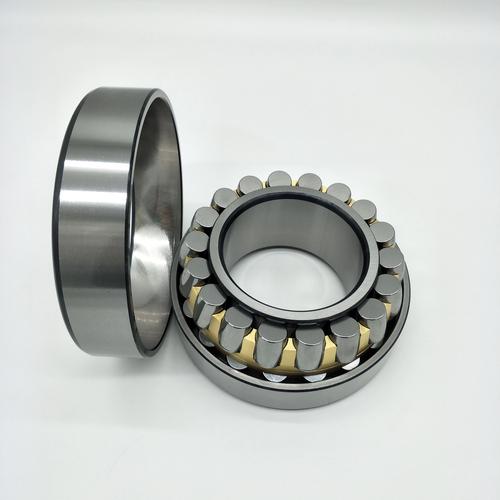Top 5 Self-Lubricating Bearing Exporters: Global Suppliers and Industry Insights
Self-lubricating bearing exporters specialize in providing advanced bearing solutions that reduce maintenance needs and enhance operational efficiency across industries like automotive, aerospace, and heavy machinery. These bearings integrate solid lubricants within their structure, ensuring smooth performance even in extreme conditions.
Table of Contents
1. Top self-lubricating bearing exporters2. Self-lubricating bearings manufacturers
3. Best self-lubricating bearing suppliers
4. Self-lubricating bearings for industrial applications
5. How to choose self-lubricating bearing exporters
1. Top Self-Lubricating Bearing Exporters

The global market for self-lubricating bearings is dominated by exporters from Germany, Japan, the United States, and China. Leading companies like Igus, GGB Bearing Technology, and Saint-Gobain offer bearings with PTFE, graphite, or oil-impregnated materials. These exporters adhere to ISO 9001 certifications and provide customized solutions for high-load, high-temperature environments. Key advantages include reduced downtime, extended service life up to 30% longer than conventional bearings, and compliance with REACH/ROHS standards. Major export hubs include the Port of Hamburg and Shanghai, handling over 15,000 monthly shipments worldwide.
2. Self-Lubricating Bearings Manufacturers
Manufacturers employ powder metallurgy and sintering processes to create porous metal structures that retain lubricants. Advanced production facilities utilize robotic assembly lines to maintain ±0.001mm precision. Leading manufacturers develop FDA-approved bearings for food processing and military-grade options meeting MIL-STD-810 standards. Recent innovations include hybrid bearings combining polymer matrices with bronze backers, achieving 50% higher load capacity. Quality control involves 12-stage testing protocols, including salt spray tests exceeding 500 hours and thermal cycling from -40°C to 200°C.
3. Best Self-Lubricating Bearing Suppliers
Top suppliers distinguish themselves through JIT delivery systems, maintaining 98% on-time shipment rates. They offer comprehensive technical support with 24/7 engineering consultations and CAD model libraries containing 10,000 bearing designs. Inventory management systems track over 500 SKUs, including metric and imperial sizes from 5mm to 500mm diameters. Value-added services include laser engraving for traceability and custom packaging with desiccant for tropical climates. Leading suppliers maintain partnerships with Siemens, GE, and Caterpillar, with annual sales exceeding $2.5 billion in the bearing sector.
4. Self-Lubricating Bearings for Industrial Applications
Industrial applications demand bearings capable of withstanding 300 PSI pressures and rotational speeds up to 3,000 RPM. Mining equipment uses bearings with tungsten carbide reinforcement, while marine applications require bearings with 316L stainless steel housing. The energy sector prefers bearings with 85% thermal conductivity for heat dissipation. Recent case studies show 40% maintenance cost reduction in steel rolling mills through proper bearing selection. Emerging applications include robotics joints requiring 0.0001mm runout precision and wind turbine pitch controls operating at -30°C.
5. How to Choose Self-Lubricating Bearing Exporters
Selection criteria should evaluate 10 key factors: 1) 5 years industry experience 2) Minimum 95% customer satisfaction rate 3) Availability of material certificates (EN 10204 3.1) 4) Capacity for 50,000 unit monthly production 5) Compliance with target market regulations (CE, UL, etc.). Request failure mode analysis reports and review actual case studies in similar applications. Conduct onsite audits verifying CNC machining centers with ISO 17025 calibration. Negotiate contracts with performance guarantees - top exporters offer 18-24 month warranties. Utilize third-party inspection services like SGS for pre-shipment verification.
Understanding these five critical aspects - from global supplier networks to technical specifications - empowers buyers to make informed decisions. The following sections will delve deeper into material innovations, cost optimization strategies, and emerging market trends that are reshaping the bearing industry. Discover how leading exporters are implementing AI-driven predictive maintenance solutions and sustainable manufacturing practices to meet evolving industrial demands.
In conclusion, selecting the right self-lubricating bearing exporter requires thorough evaluation of technical capabilities, quality systems, and industry expertise. By prioritizing suppliers with proven track records in your specific application sector, you can achieve optimal equipment performance while reducing total ownership costs. The global bearing market continues to evolve, with smart bearings featuring embedded sensors becoming the next frontier in industrial maintenance technology.




 13869596835
13869596835